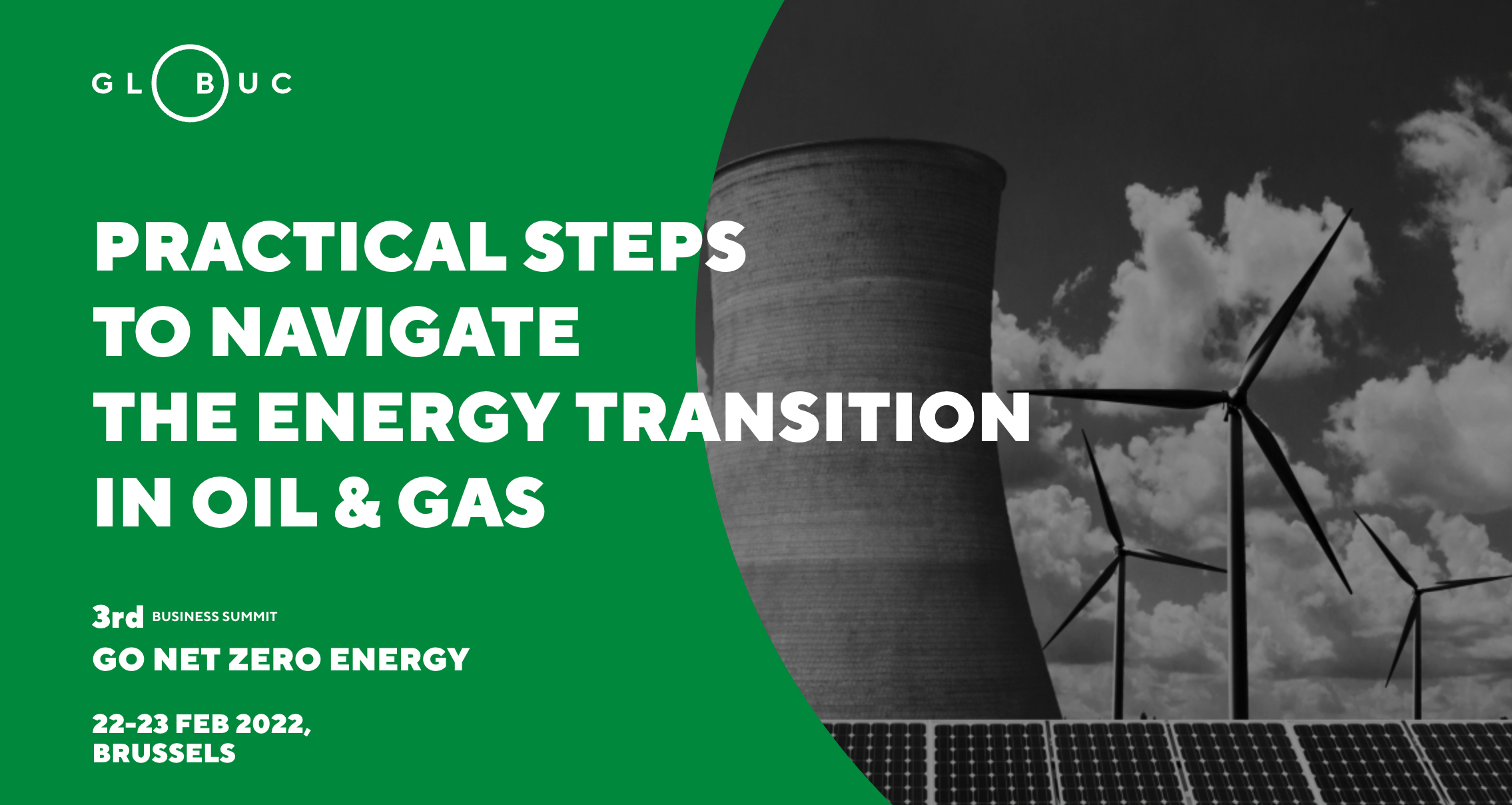Is natural gas a bridge too far in 2021?
For a long time, natural gas has been regarded as the acceptable face of the fossil fuel industry. Burning with almost half the CO2 emissions of coal, a switch to gas has been credited with helping to cut the carbon footprint of power generation in places such as Europe, North America and now Asia. According to Shell, natural gas can also reduce air pollution when displacing coal or diesel.
Natural gas has also provided an essential role in transitioning power markets, creating the necessary baseload, backup and flexibility to support the variability of today’s solar and wind generation profiles. It has even been credited with bailing out markets that are struggling to transition, such as California, which has had to procure five temporary natural gas power plants to avoid blackouts, as the power market increasingly relies on intermittent renewables.
The fastest-growing fossil fuel
This has helped support the narrative that gas can act as a bridge fuel to a low-carbon future, reducing emissions and keeping the lights on while we look for definitive ways to power society without carbon. The International Group of Liquified Natural Gas Importers, for example, has claimed that replacing all the world’s coal-fired plants with gas generation would cut CO2 emissions by 1.2 gigatonnes a year. That would take care of around 3.5% of the carbon emissions released in 2020, without harming the energy system (and it could also save a lot of water).
Plus, gas is highly versatile and easy to store and transport, which has contributed to it becoming the fastest-growing fossil fuel of modern times. It is therefore no surprise that it has met almost a third of the world’s total energy demand over the last decade, according to the International Energy Agency (IEA).
Considerations for future growth
And investment is set to continue, with the oil majors, NOCs and several independents making big bets on the fuel and keen to find ways to monetise recently uncovered or potentially stranded reserves.
But current demand for gas is partly a short-term effect of decreased energy demand last year, which itself was the result of COVID-19 lockdowns—potentially a once-in-a-lifetime event. The IEA estimates global gas demand growth will grow 1.5% per annum up to 2025, with half the growth coming from the Asia-Pacific region. The real question is what will happen to natural gas in the long term.
The opportunity varies across the globe and is driven by geographic and sectoral nuances. Where it is cheap, displaces coal and does not yet face competitive alternatives, natural gas is likely to grow—at least in the short- to mid-term. But in more mature markets and industries it could be a different story, as exemplified by the European Investment Bank’s declaration earlier this year that “gas is over.” One reaction to the recent (or current) gas crisis by some governments has been to accelerate the decarbonisation of power grids and reduce dependency on fossil fuels.
At the same time, debate around climate and energy issues is raising awareness of some of the less salubrious aspects of the industry, such as the fact that it flared enough gas in 2018 to fuel the whole of Africa and its venting and flaring of methane is the second-largest cause of global warming today.
What you get is uncertainty: it seems half the world is crying out for more gas and the other half is saying it should be halted at all costs.
Trying to make sense of some of it all, Imperial College London’s Sustainable Gas Institute recently looked at the best uses of the fuel and “where natural gas fits in 1.5ºC energy scenarios.” Its review came to a less disquieting conclusion that net-zero emissions could be reached by 2050 with just a 35% reduction in gas use. But this would require a massive buildout of carbon capture and storage, which itself is under scrutiny.
Join Westwood’s Head of Energy Transition, David Linden, as he joins the advisory board at the Go Net-Zero Energy Business Summit on February 22 & 23, 2021.
To abate or not to abate
It is becoming increasingly clear that if the industry wants natural gas wants to retain the role of a bridge fuel, then it needs to consider how the fuel’s emissions can be abated rather than just viewing it as a coal killer. Significant pressure is coming to bear on this quest after the 26th United Nations Climate Change conference of parties (COP26), where President Biden and the EU led more than 100 countries to pledge a 30% cut in methane emissions by 2030. Most of these, needless to say, come from natural gas. Key methane emitters such as China, Russia, India and Australia are missing from the agreement, but it has got the ball rolling. The US Environmental Protection Agency is now expected to regulate new and existing oil and gas operations for methane emissions.
This comes on top of the World Bank’s Zero Routine Flaring by 2030 initiative, launched in 2015 and subsequently endorsed by oil majors such as Shell and, more recently, independents such as Harbour Energy.
Adding strength to the argument for decarbonising gas production, in California, notwithstanding this year’s emergency gas procurements, peaker plants are under siege from battery storage. Utility-scale battery systems will increasingly out-compete gas peakers in other locations as the cost of lithium-ion batteries continues to fall. None of this need be a problem for gas operators if they can eliminate the emissions they produce, however.
And there are various ways to achieve this, from decarbonising the fuel with carbon capture and storage or through blue hydrogen production to blending it with renewable natural gas or offsetting emissions to produce the gaseous equivalent of green barrels. These options could all help extend the lifespan of brownfield sites and possibly even avoid the risk of greenfield developments turning into stranded assets.
The question for operators is if gas will still be competitive with the investments needed to reduce its emissions. Certainly, Saudi Arabia seems to think so, with a large part of the $110 billion Jafurah gas project set to be earmarked for blue hydrogen production. Companies such as G2 Net-Zero also believe it is possible, specifically stating that the net-zero approach will “dramatically increase the marketability” of its products, including liquified natural gas.
The digest: this month’s key headlines
- The European Union and US will negotiate what they say is the world’s first carbon-based sectoral arrangement on steel and aluminium trade by 2024. The arrangement aims to address carbon intensity and global overcapacity.
- As oil and gas companies (and us here at Energy Transition Insights) discuss whether to continue investing in new assets, research predicts half the world’s fossil fuel reserves could be worthless by 2036.
- The US Environmental Protection Agency has proposed new rules to reduce methane emissions from the oil and gas industry, the first national limits on existing operations rather than just new facilities.
- Exxon starts to feel the impact of investor activism after board members belonging to Engine No. 1 force the company to consider abandoning some of its top oil and gas projects.
- Saudi Arabia, Australia, Russia and Vietnam have all set net-zero targets at COP26, but the really big news could be India’s pledge to reach net zero by 2070.





